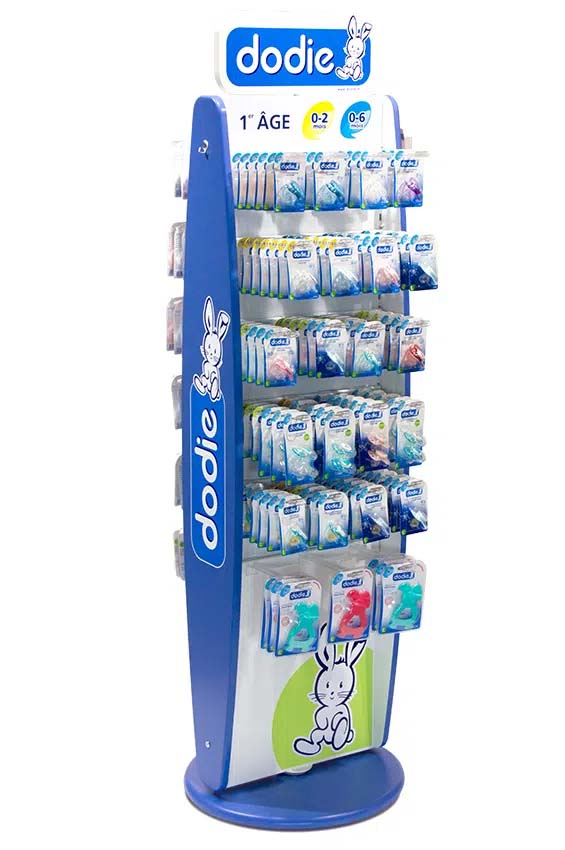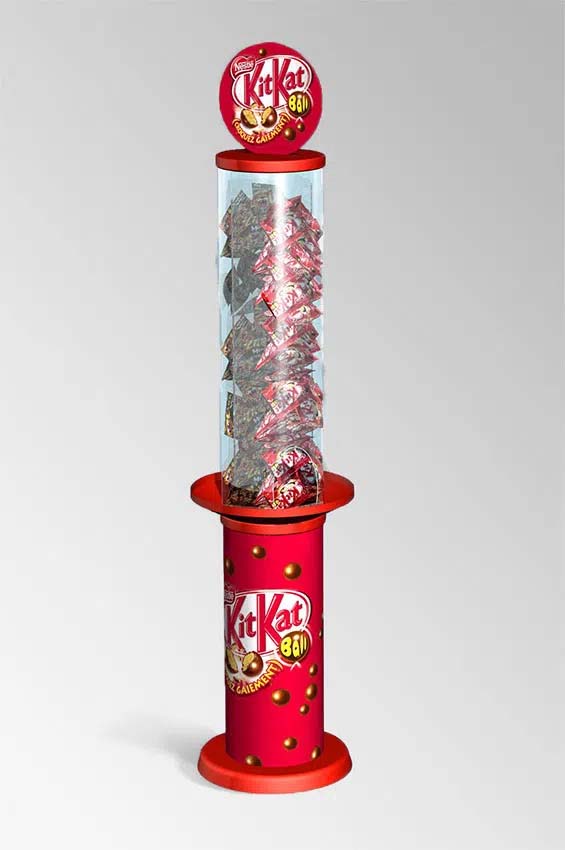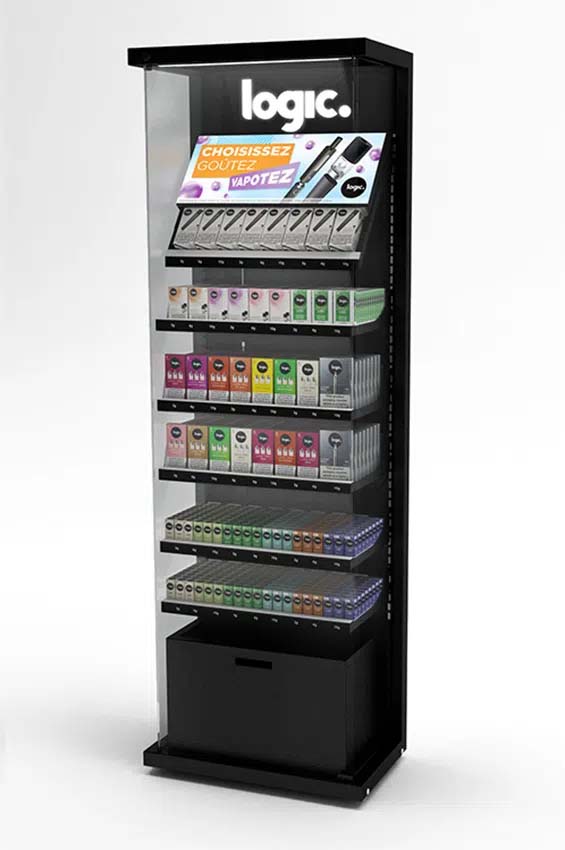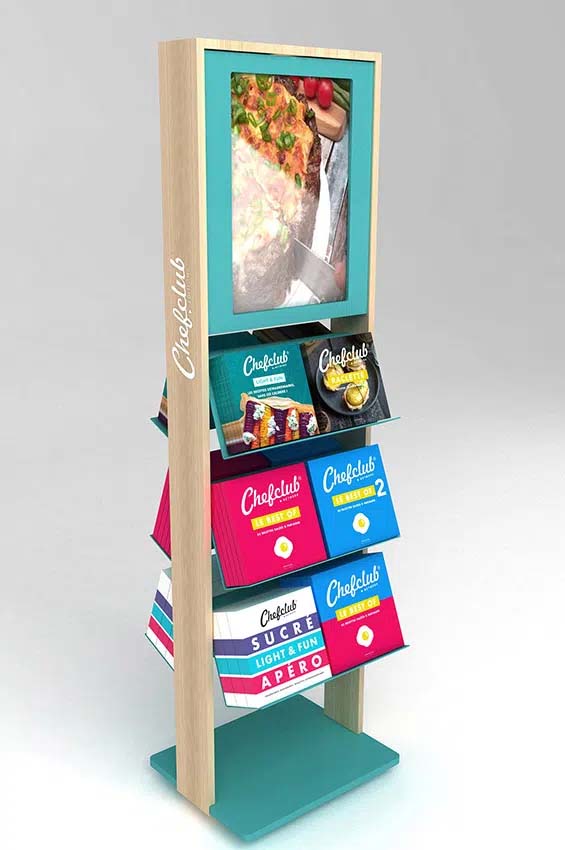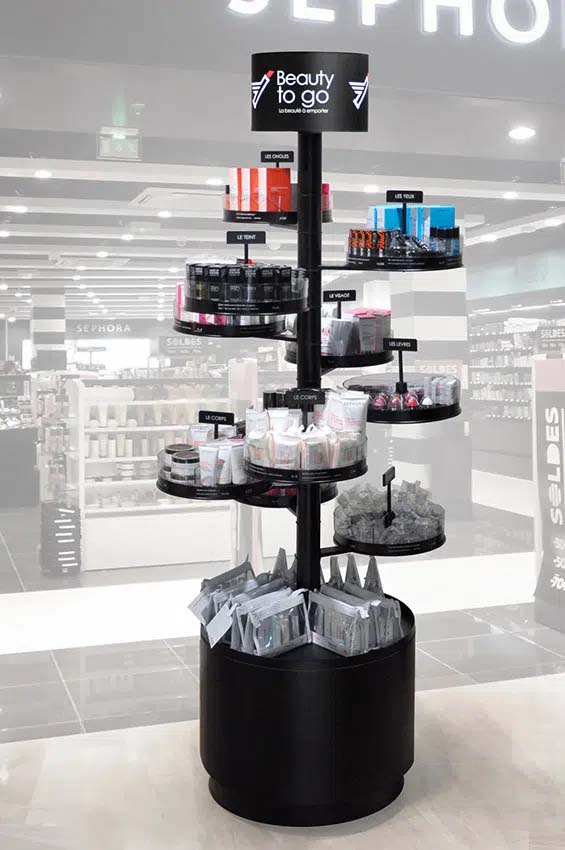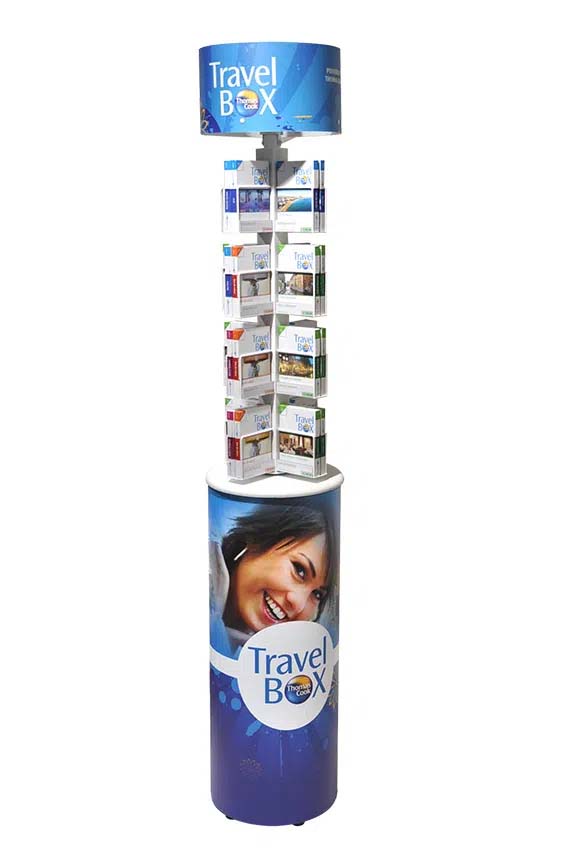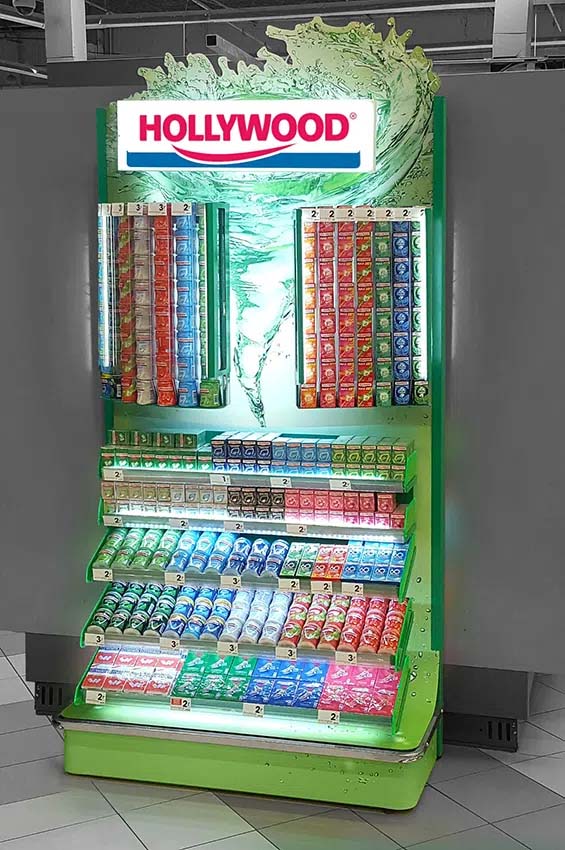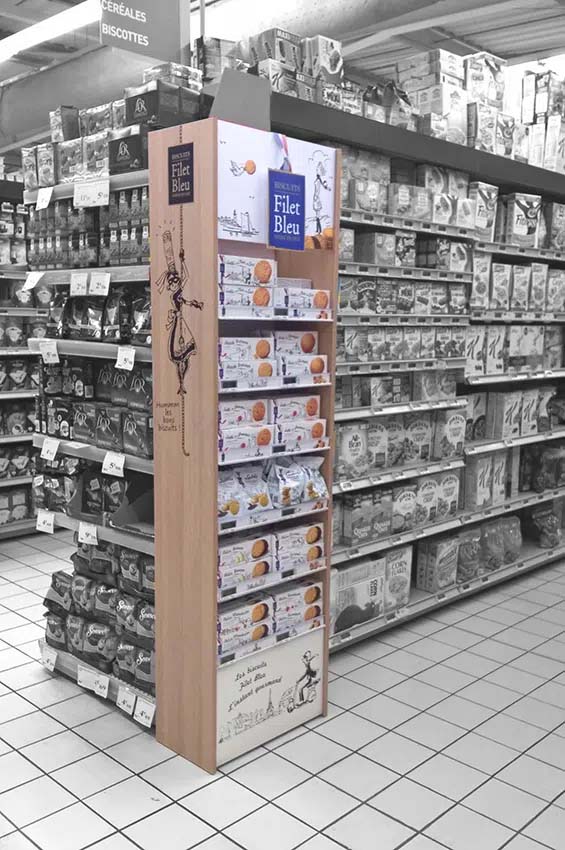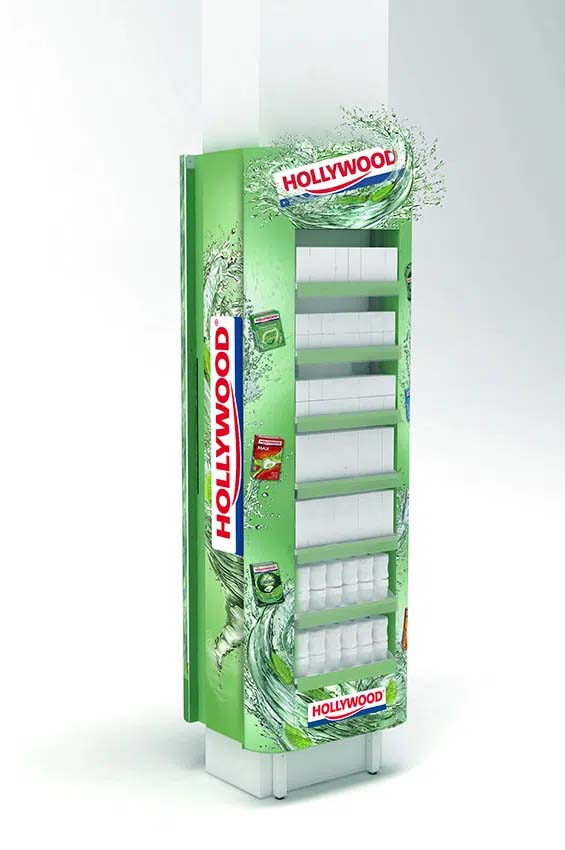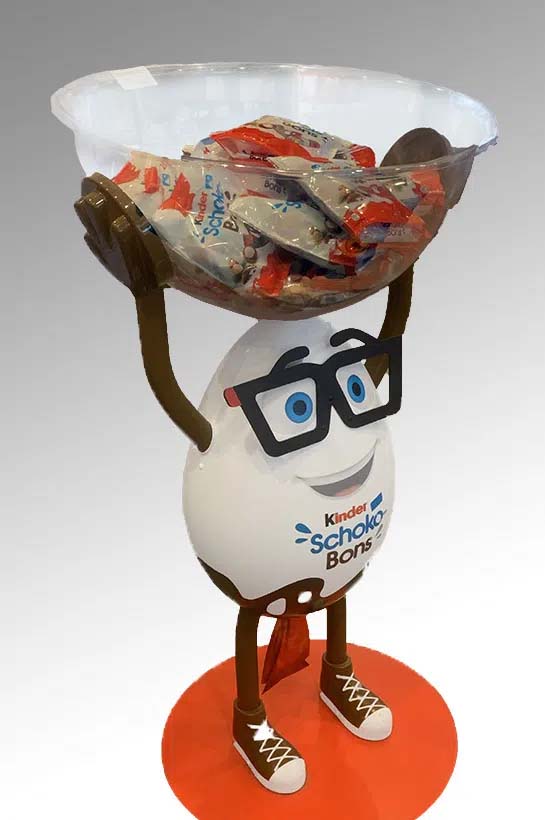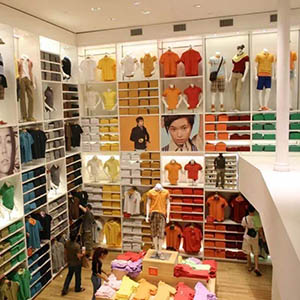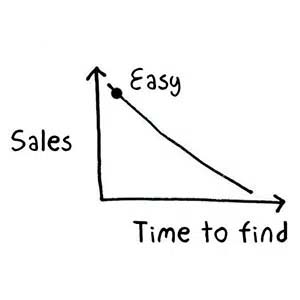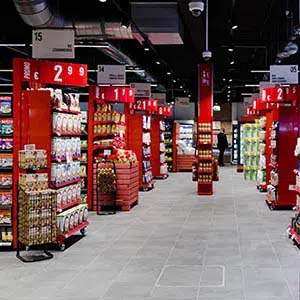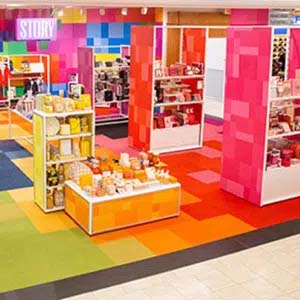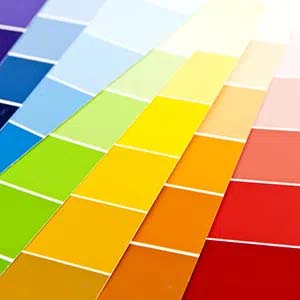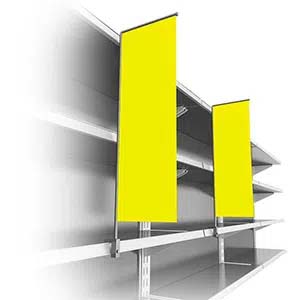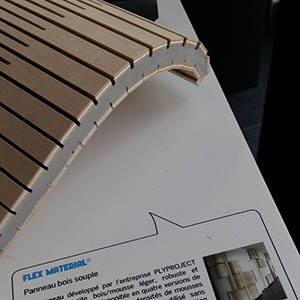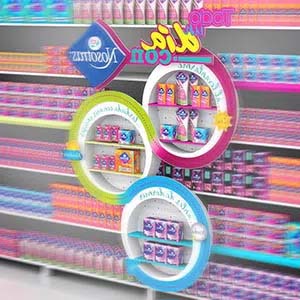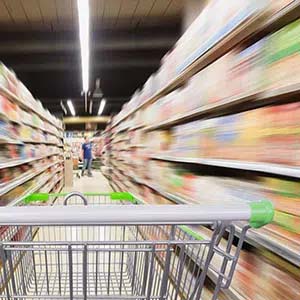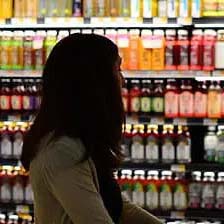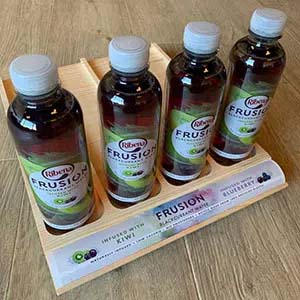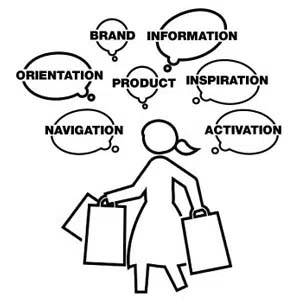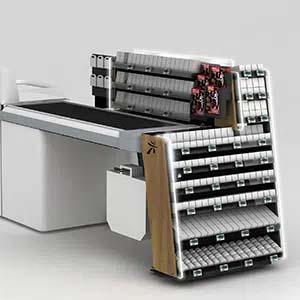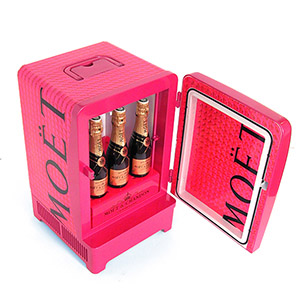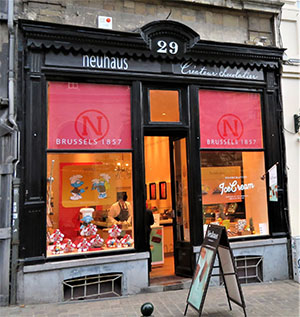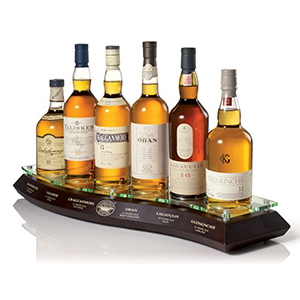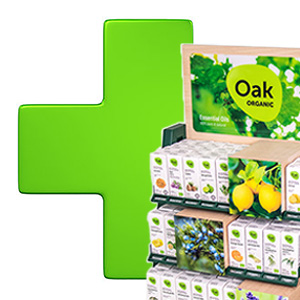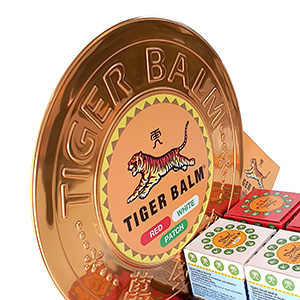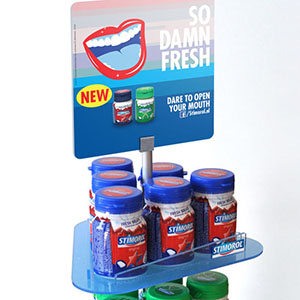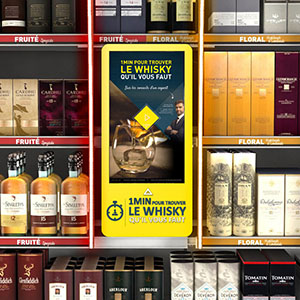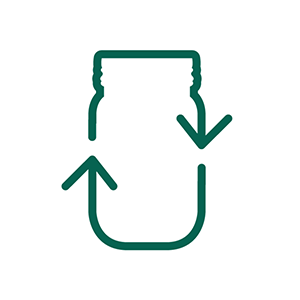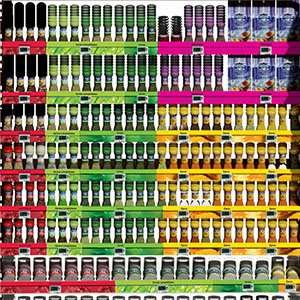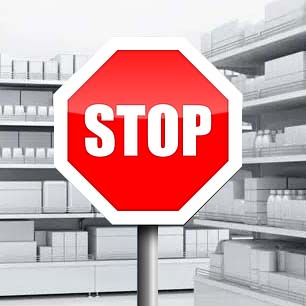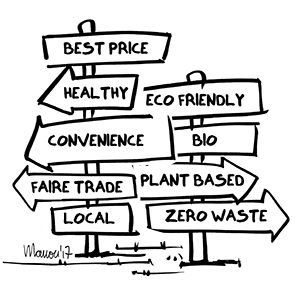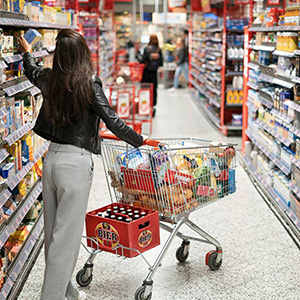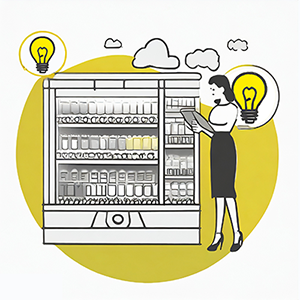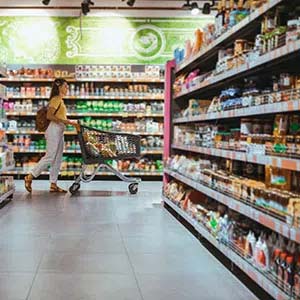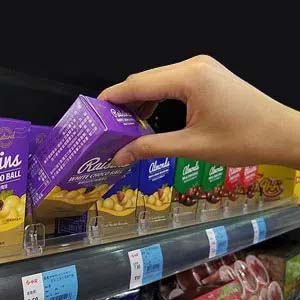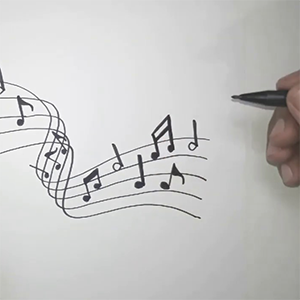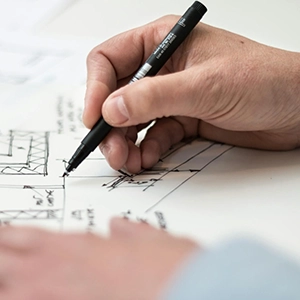Why a floor-standing display
unit
should be a part of any marketing collateral?
+ what are the types? + examples
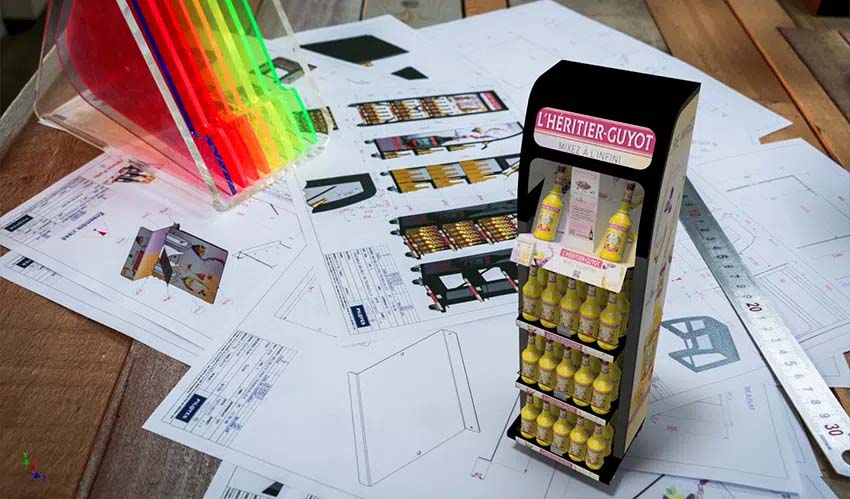
A floor-standing or free-standing display unit (FSDU, stock-holding floor-stand, floor-display) is used in physical retail environments to hold products from which the consumer can shop. All shops, especially supermarkets, are likely to feature these marketing communication materials supplied by the manufacturer of the products. They should be a part of every marketer’s mix.
Because it is a fully independent fixture, it can be placed disruptively about anywhere on the shop floor, preferably in the busiest areas on the pathways of browsing shoppers. Or it is used in key areas, such as near to the check-out to tempt customers for a last chance for a latent, indulgent or rewarding buy.
As a stand-alone off-shelf device it is more likely to catch the eyes of consumers, who prefer brands they discovered first. This is what makes floor-displays great! Consumers are much more likely to buy a product that jumps out at them rather than something that sits among other products in the middle of the monotonous shelf.
 Placing
a floor-standing display unit in the eye line of customers is the best way to catch their attention and
therefore sell products. On the longer run a display material continues to deliver results because the
majority of consumers will consider becoming loyal to a brand after their first purchase.
Placing
a floor-standing display unit in the eye line of customers is the best way to catch their attention and
therefore sell products. On the longer run a display material continues to deliver results because the
majority of consumers will consider becoming loyal to a brand after their first purchase.
Why are they popular? Here are 4 reasons why we believe, according to our biased opinion, that they are a brilliant idea.
Specializing in the design of commercial furniture, displays, and merchandising solutions intended for retail and stores, Pilotes offers 100% customized point-of-purchase materials tailored to the in-store projects of brands and retailers. Because we care about the climate and environment, we analyze the lifecycle of each project to avoid, reduce, and offset its impact 🌍🌿
Do you have a project planned? Contact us and let’s bring your vision to life together!
1. Shopping consumers find them useful
According to a recent survey from POPAI (the point-of-purchase industry association), nearly 75% of shoppers notice display materials and the products inside them. They say also noticing the branding. They consider they are relevant, non-intrusive forms of advertising.
50% of respondents consider display units to be important to very important. They increase the likelihood of spontaneous buying or the willingness to switch brand. 40% of those surveyed had spontaneously bought products, or bought a product that wasn’t their usual brand, because it was showcased on an attractive display.
We believe that shoppers in browsing mode are often willing to wait for the offers on display to help themselves in the buying process and to improve the speed and convenience of shopping.
2. They make shops less predictable, less corny
 Stimulating
sales is by far the first benefit of any display solution. But no matter how big the impact is on the
shop floor, a display will decorate your warehouse if retail doesn't want to use it. Shop managers and
department heads need to be convinced also.
Stimulating
sales is by far the first benefit of any display solution. But no matter how big the impact is on the
shop floor, a display will decorate your warehouse if retail doesn't want to use it. Shop managers and
department heads need to be convinced also.
Good imaginative materials can be appreciated by retail for various reasons: they can facilitate store operations and free up time of store assistants, they can maximize the utilization of precious space, highlight featured products, facilitate product storytelling, let customers fully experience the products, inform and orient decisions in a self-service format, ...
In sum, they make physical retail spaces convenient, interesting, exciting, less predictable and less corny. With always something new to discover through displays, convivial points of sale become real "shopping experiences" for customers. A win/win for retail and brand manufacturer.
3. ... and there's more for the brand
Saving an offer from the relative anonymity of the store shelving, stock-holding display solutions are covered with branding to effectively expose together brand and product with maximum appeal. As well as being eye-catching manner of showcasing products, a floor stand is an excellent form of advertising.
Indeed, as consumers notice the display units and the products inside them, they will also notice any the name of the brand, colors, scenery, graphics and key messages that are printed on them. They are therefore an excellent way of reinforcing branding efforts and highlight the distinctive strengths of products on the right moment, the last step of the customer journey.
4. They are adaptable solutions that have unlimited versatility
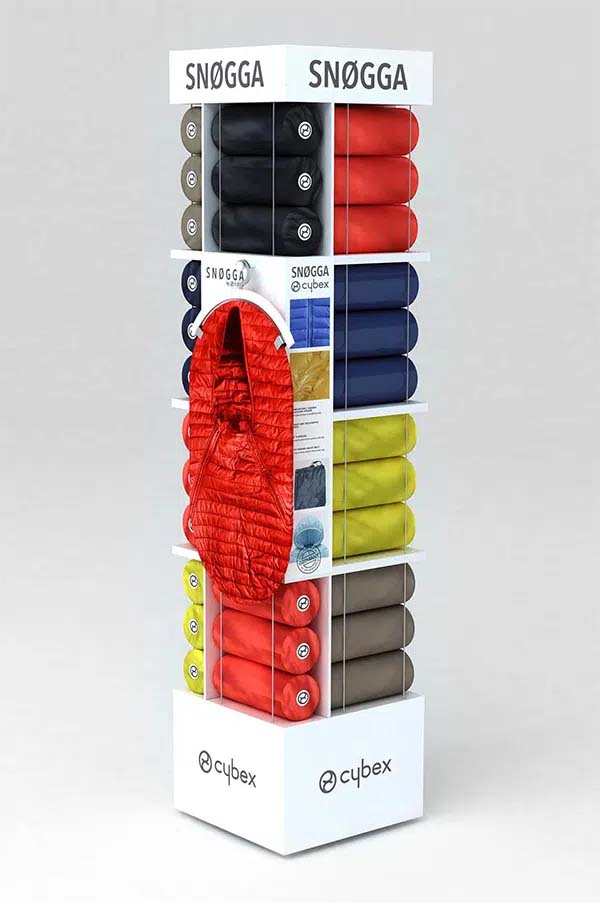 A
floor-standing display unit is a 100%-custom-made independent fixture. First of all, it is adapted to
integrate the constraints of the target retail environment (and department). But the biggest advantage
is that it is customized and manufactured to any shape & size, with no limits!
A
floor-standing display unit is a 100%-custom-made independent fixture. First of all, it is adapted to
integrate the constraints of the target retail environment (and department). But the biggest advantage
is that it is customized and manufactured to any shape & size, with no limits!
Originality is essential to stand out. Unlike fixed shelving installations, they are easily adaptable to a brand, target audience, and above all, the offer on display. A sleek display that organizes the merchandise neat and tidy on product-specific shelves, accessible and ready to be picked-up, doesn't just look good, it also helps customers to find faster what they need.
All of this means that shoppers are more likely to pay attention to what is in these display units, rather than what is on the regular shelves, meaning that more products are likely to be sold.
Not only merchandising (product presentation) tactics, but also informative or educational content can facilitate a pleasurable experience and suggest knowledge and expertise. Such positive experiences ensure that customers come back more often.
Because they are polyvalent solutions without limits, it is important to match them to the financial capacity of the products on display (expected turnover, margin, lifetime, long term effects of the activation, etc.) The content of the creative briefing can advance priorities early in the development process.
Related article > 10 tips to increase retail sales with POP display.Permanent display materials: what are the types of floor-standing display units? + examples
The key to an effective floor-standing display units? 100% customization, because there are many good solutions adapted to any context. Because of their diversity, it is vital to know the different types and how they are used.
We focus on permanent or semi-permanent displays, which are solidly made of durable materials to be used for a longer period of time on a busy shop floor (as opposed to promotional or cardboard displays).

